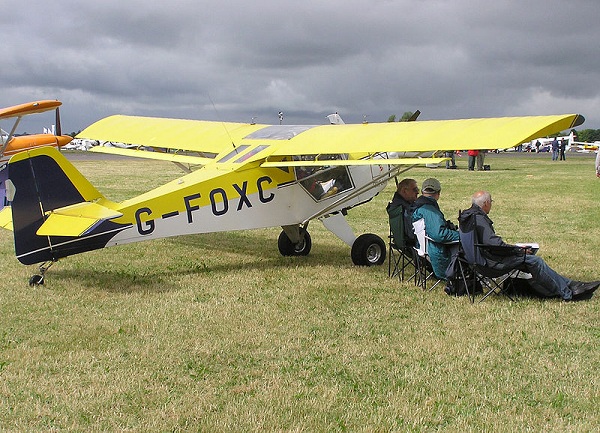Inglês/Português
<< airflow in forward flight | airfoil | airfoil profile >>
Back to: "A"airfoil
- Definição1
- Any surface designed to obtain a useful reaction of lift or negative lift as it moves through the air. Rotor blades and stabilizers are the most commom airfoils on helicopters.
- Fonte1
- KUMAR, Bharat (ed.). An illustrated dictionary of aviation. New York: McGraw-Hill, c2005. 752 p.
- Definição2
- An airfoil is any surface producing more lift than drag when passing through the air at a suitable angle.
- Fonte2
- FEDERAL AVIATION ADMINISTRATION. Helicopter flying handbook (FAA-H8083-21A). Washington, DC: FAA, 2012.
- Nota adicional1
- Helicopters are able to fly due to aerodynamic forces produced when air passes around the airfoil.
- Nota adicional2
- Airfoils are most often associated with production of lift. Airfoils are also used for stability (fin), control (elevator), and thrust or propulsion (propeller or rotor). Certain airfoils, such as rotor blades, combine some of these functions.
- Contexto
- There are four forces acting on a helicopter in flight. They are lift, weight, thrust, and drag. Lift is the upward force created by the effect of airflow as it passes around an airfoil. Weight opposes lift and is caused by the downward pull of gravity. Thrust is the force that propels the helicopter through the air. Opposing lift and thrust is drag, which is the retarding force created by development of lift and the movement of an object through the air.
- Subárea1
- Aerodynamics
- Ver
- aerofoil
- Português
- aerofólio
- Imagem

An airfoil section is displayed at the tip of this Denney Kitfox aircraft, built in 1991.
Fonte: http://en.wikipedia.org/wiki/File:Denney.kitfox.g-foxc.arp.jpg